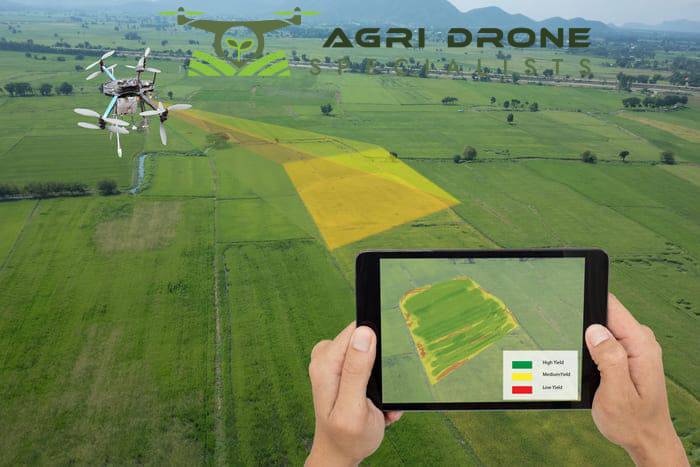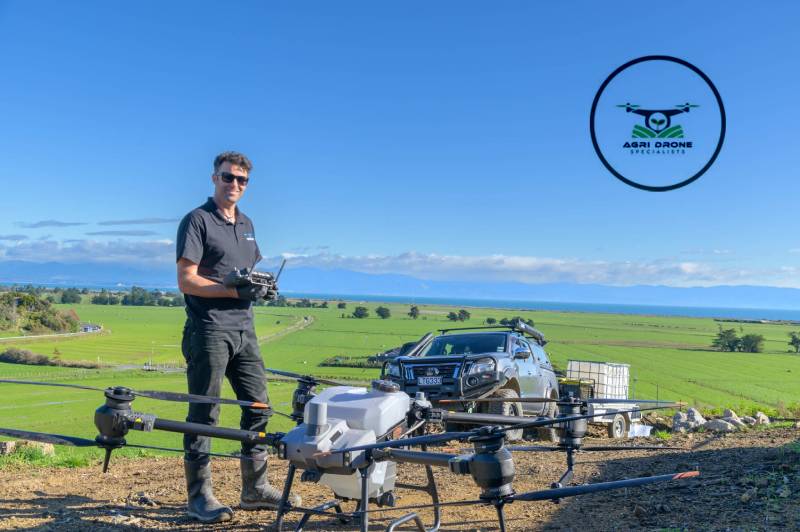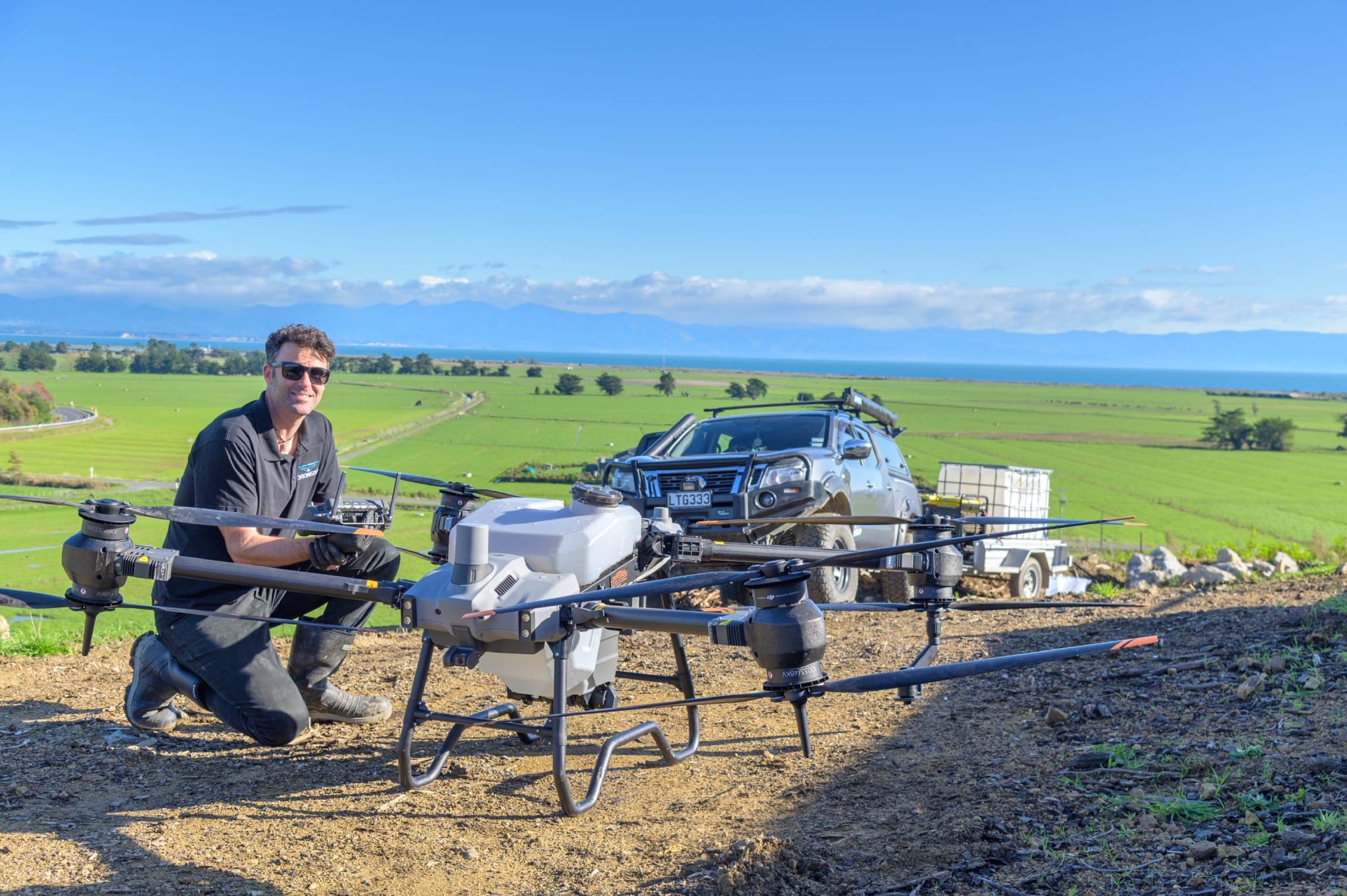Currently, environmental challenges loom large with deforestation, habitat loss, and climate change among them. So, following innovative solutions are more essential than ever. One technology is soaring above the rest, quite literally, to address these pressing issues i.e. drone technology.
These unassuming aerial devices were once relegated to hobbyists and filmmakers and are currently integral aspects of ecological restoration. Drone technology helps individuals find exceptional ways to reforest landscapes, rebuild habitats, and improve sustainable land practices with minimal human effort. Please check out this post and learn how do drone mapping services plant the seeds for a greener tomorrow and advance the way we heal our planet:

Drones Take Flight in Reforestation
Reforestation stands out as one of the most promising applications of drone technology. Just imagine a fleet of drones buzzing over a barren hillside, each carrying a payload of seeds carefully chosen for the local climate and soil. Within hours, these devices can cover acres of land that would take human crews weeks to plant.
The process starts with data collection. Drones are perfectly equipped with high-resolution cameras and sensors that can survey the target area, and map terrain, soil conditions, and moisture levels. This information is fed into algorithms that can determine the optimal planting strategy—where to drop seeds, how many, and which species will thrive.
After that, the drones get to work. Some models fire biodegradable seed pods into the ground at accurate intervals and others scatter seeds aerially which showcase the natural dispersal patterns. This approach is chosen for speed and scale. A single drone can plant up to 100,000 seeds in a day, which can far outpace human capabilities. In addition, drones can access rugged, remote, or hazardous areas—like steep slopes, former mining sites, or wildfire-scarred regions. These are the areas where manual planting is risky or impossible. With minimal human effort, entire forests can start growing again, lock away carbon, and revive ecosystems faster than ever before.
Rebuilding Habitats
Apart from reforestation, drones can help with habitat restoration. Wetlands, grasslands, and coastal ecosystems are vital for countless species; which remain under constant threat from development, pollution, and climate changes. Restoring these areas often requires delicate intervention and drone technology is considered to be the perfect tool.
Take wetlands are biodiverse hotspots that are notoriously difficult to replant because of their soggy, uneven terrain. Drones bypass this challenge effortlessly. By dispersing seeds of native grasses, sedges, and aquatic plants from above, these devices ensure even coverage without disturbing fragile soil structures.
However, grasslands can benefit from this aerial approach. Overgrazing and agriculture have decimated these ecosystems significantly but drones can reseed native species at scale and help to restore the balance. The minimal human footprint is essential and drones don’t compact soil or disrupt existing flora which allows nature to take its course with as little interference as possible.
Sustainable Land Practices
Drone technology isn’t just about planting; instead, it’s about planning for long-term sustainability. It has the ability to monitor and maintain the restored ecosystems over time. After seeds are sown, drones can get back to assess growth, detect stressors like drought or pests, and provide targeted interventions like water or nutrients.
In agriculture-adjacent projects, drones help transition degraded farmland into sustainable landscapes. For example, agroforestry is the practice of integrating trees into farming systems that can benefit immensely from drone assistance. Farmers can use drones to plant tree buffers to minimize soil erosion, enhance biodiversity, and provide shade for crops or livestock while keeping labor costs low.
This monitoring capability extends to conservation. Drones are perfectly equipped with thermal cameras that can track wildlife populations in newly restored areas. They ensure that reforestation or habitat projects are actually benefiting the species they aim to protect. In Indonesia, drones have been used to monitor orangutan habitats after reforestation and providing data that can help refine future efforts. Drone is a closed-loop system: plant, monitor, adapt, and sustain.
What are the Benefits and Challenges?
The benefits of drone-assisted restoration are clear. They can minimize the need for human labor; and make projects more cost-effective and less physically demanding. These devices work at scales that match the enormity of environmental crises and offer hope for regions too vast to handle manually. In addition, they’re eco-friendly as electric drones produce no emissions, and their accuracy reduces waste.
But challenges remain within. Seed survival rates can differ depending on weather, soil quality, and predation, which require ongoing refinement of techniques. Upfront costs for drone fleets and software can be steep, but they often pay off in the long run. And regulatory hurdles like airspace restrictions can slow deployment in some regions. When the technology matures and costs drop, these barriers shrink and pave the way for wider adoption.
A Vision for Tomorrow
Just imagine a world where degraded landscapes are revived systematically by fleets of drones working effortlessly with nature. A wildfire-ravaged forest in California, a shrinking wetland in Brazil, a desertified plain in Africa—everything can be transformed with the hum of propellers and the promise of green growth. This is the potential of drone technology to restore the ecosystem.
The most exciting thing is how little human effort this future demands. Drones empower people to do more with less. Conservationists can focus on strategy and science and drones can handle the heavy lifting. Now communities in remote areas can gain access to restoration tools; which were once out of reach. However, the planet gets a fighting opportunity to heal, one seed at a time.

Final Conclusion
The phrase “planting tomorrow” isn’t just a metaphor; instead, it’s a call to action, and drones are here to make it a reality. Strengthening reforestation, habitat restoration, and sustainable land practices, these devices prove that technology and nature can coexist in powerful ways. With minimal human effort, you can sow the seeds for healthier ecosystems, richer biodiversity, and a more resilient planet. Please keep in mind that the sky isn’t the limit; it’s the starting point.
If you are looking for drone mapping services and drone seeding services in Nelson, Tasman, and Marlborough, you should contact Agri Drone Specialist at 027 323 8155.



